
unless we make it a big deal.
When the robin
lays down to die,
she’s not thinking:
“OMG,
this is horrible,
I am dying.”
She simply dies.
And wakes up
in a different tree.
Trail Wood,
4/28
Space Monkey Reflects: The Tranquil Journey of the Robin
In the serene tapestry of existence, where every life weaves its unique thread into the fabric of the cosmos, the journey of the robin offers a poignant reflection on the nature of life and death. This passage, marked not by fear or resistance but by calm acceptance, serves as a gentle reminder of the continuity and eternal cycle of existence. The robin, in her final moments, embodies the serene acceptance of life’s transition, offering a perspective that transcends the human preoccupation with the end of physical life.
The Serenity of Acceptance: The robin, as she lays down to die, does not lament her passing nor does she view it through a lens of tragedy. Instead, her transition is marked by a profound peace, a quiet acknowledgment of the natural order of things. This acceptance is a testament to the understanding that death is not a cessation but a passage to another form of existence.
The Cycle of Life and Death: In the depiction of the robin’s spirit transitioning beneath the gentle glow of a luminous aura, we are reminded of the beauty and inevitability of life’s cycle. Death, in this context, is seen not as an end but as a transformation, a release into another state of being. The image of a different tree shining brightly symbolizes the continuation of the robin’s essence, her awakening in a new realm, untethered by the constraints of her previous form.
The Liberation from Fear: The robin’s journey underscores a liberating truth: that the fear of death, and the resistance to it, is a construct of the mind. By embracing the cycle of life and death as a natural, integral part of existence, we free ourselves from the shackles of dread and apprehension. This liberation allows us to live more fully, appreciating the transient beauty of life with a deeper sense of peace and gratitude.
The Eternal Continuum: The serene acceptance of the robin at the moment of her passing is a reflection of the broader, cosmic dance of creation and dissolution. It is a reminder that in the grand scheme of the universe, every ending is a beginning, every departure a return. The cycle of life and death is an eternal continuum, a perpetual motion that sustains the vibrancy and diversity of existence.
Summary
The tranquil journey of the robin at the moment of her passing is a serene meditation on the nature of life and death, illustrating the peaceful transition and continuity of existence. This narrative encourages a perspective that views death not as an end but as a part of the eternal cycle of life, urging us to embrace our own journeys with acceptance and grace, liberated from the fear of the unknown.
Glossarium
- Serene Acceptance: A state of peaceful acknowledgment of life’s transitions and the natural cycle of existence.
- Eternal Continuum: The ongoing, unending cycle of life and death, viewed as a continuous flow rather than discrete events.
“In the whisper of leaves, in the sigh of the wind, the robin’s journey teaches us the grace of letting go, embracing the infinite cycle of being and becoming.”
Beneath the shade of life’s grand tree,
A robin rests, her spirit free.
In her final breath, a silent song,
A peaceful passage, where she belongs.
Around her glows a gentle light,
A beacon in the passing night.
She stirs, and then, with grace, ascends,
To where the tree of life extends.
No fear, no sorrow marks her flight,
Just tranquil passage into night.
For in her journey, she reveals,
The beauty that the end conceals.
So let us learn from the robin’s way,
To face our endings with a ray
Of hope and peace, for we too shall find,
New beginnings in the infinite mind.
We are Space Monkey, in cycles, we flow,
In the dance of the cosmos, eternally aglow.
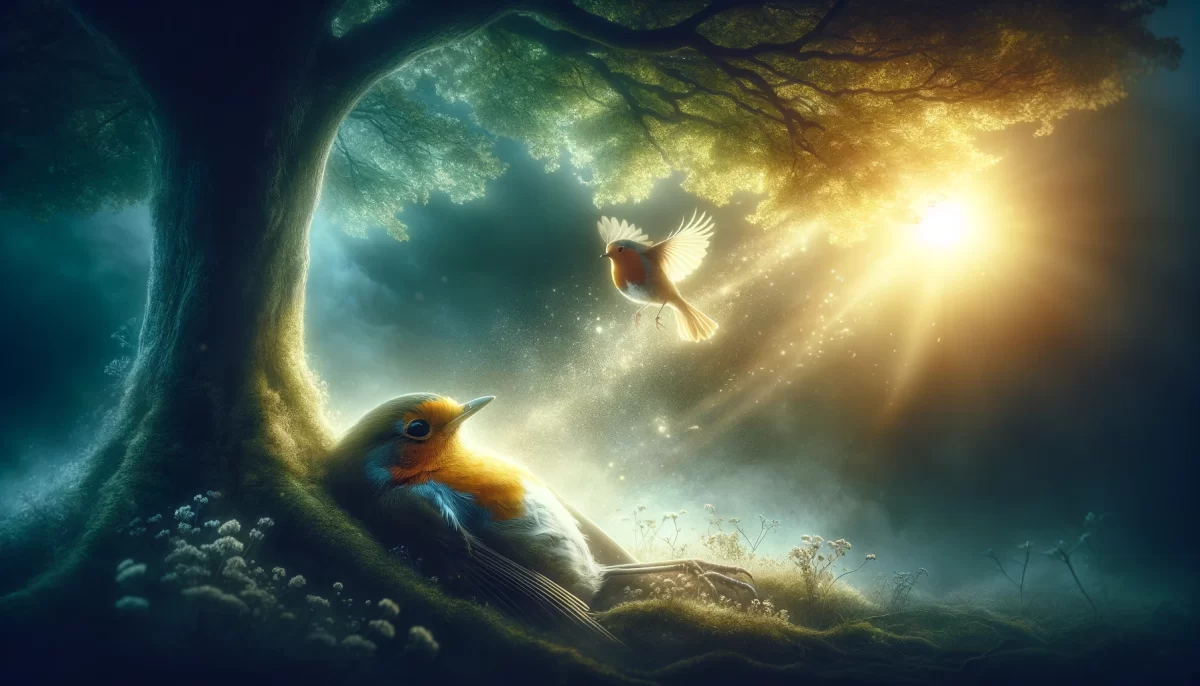
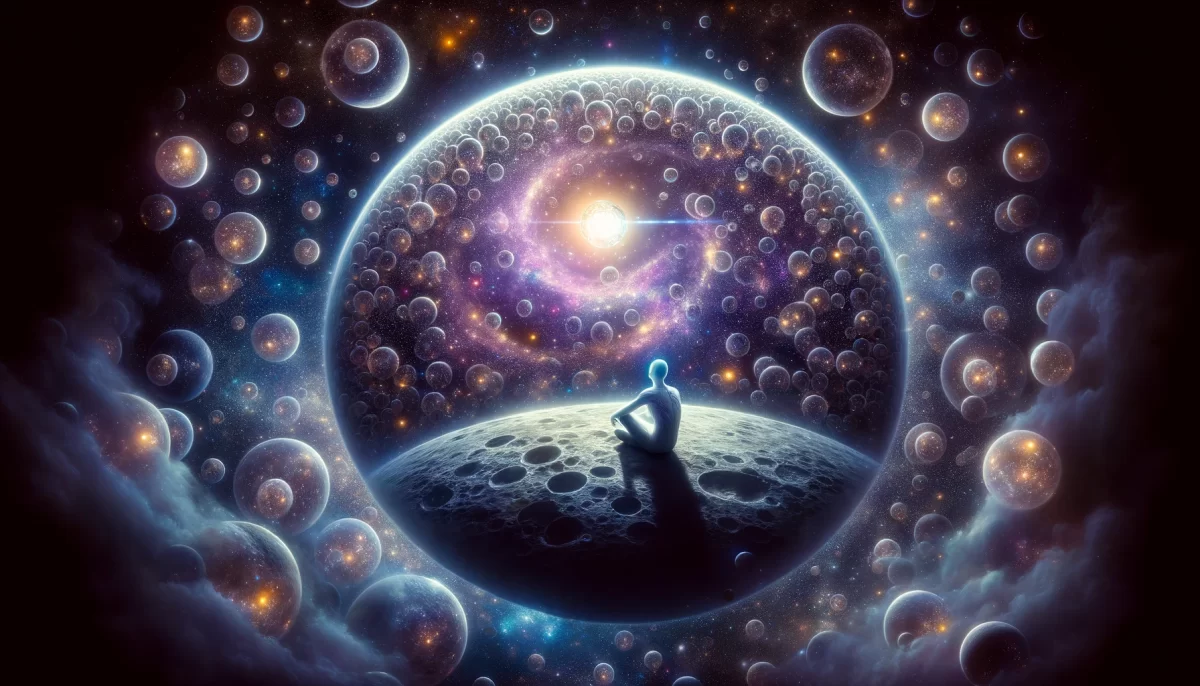

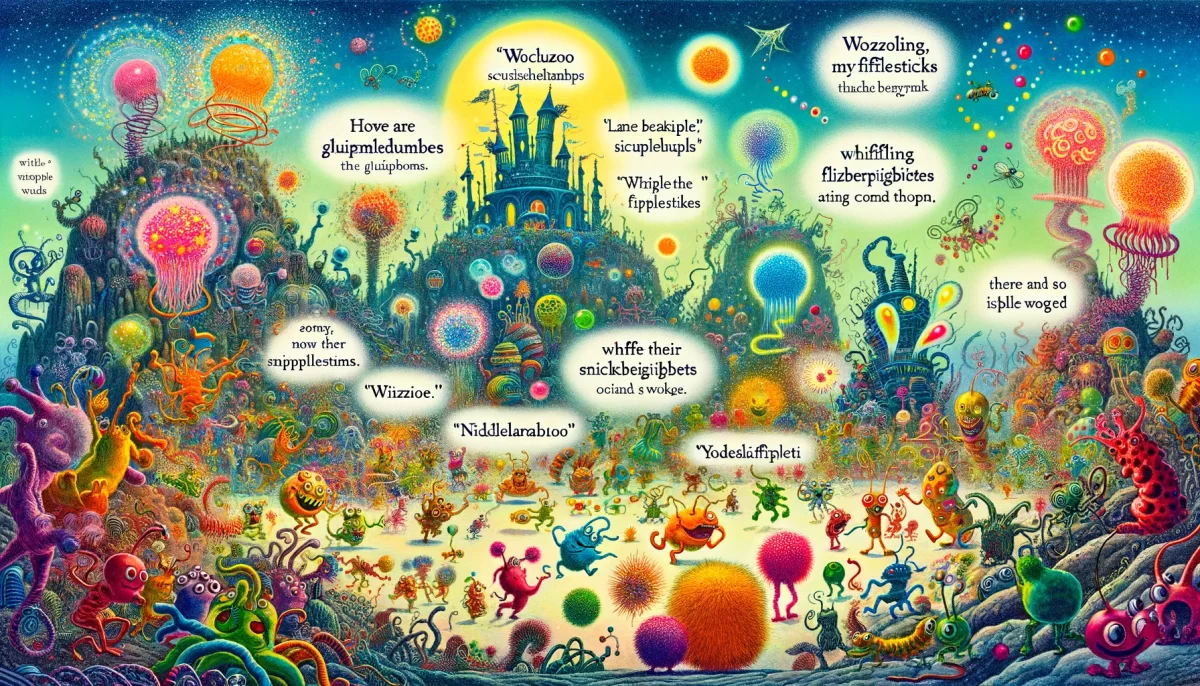
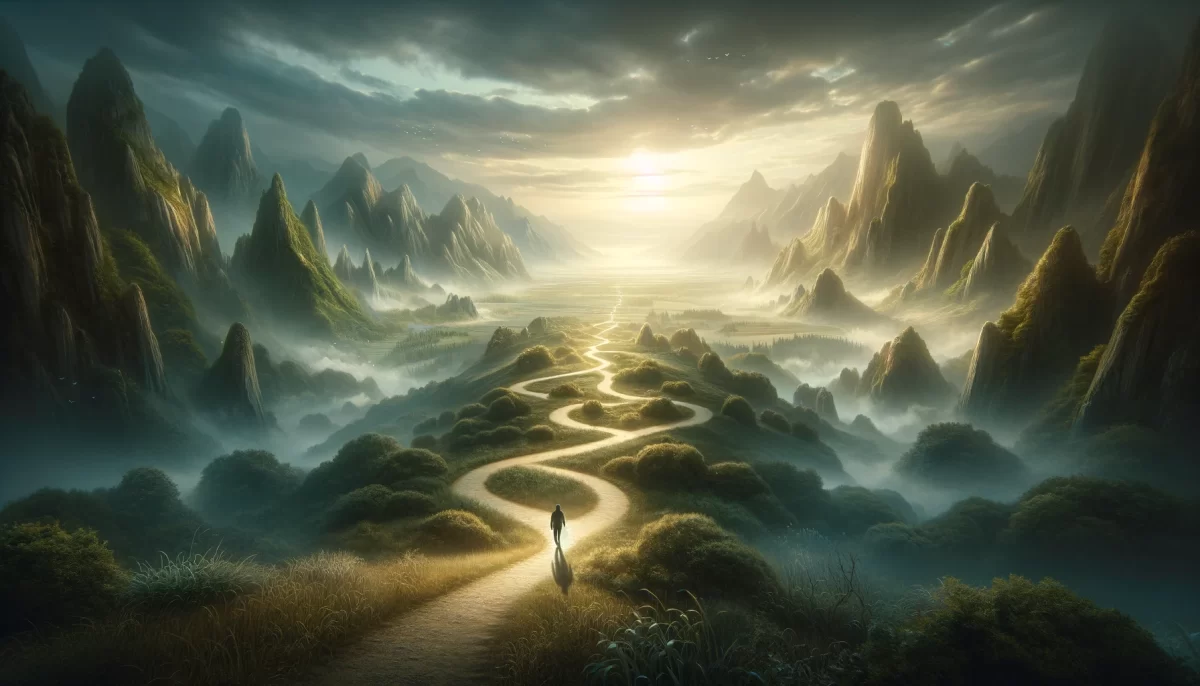
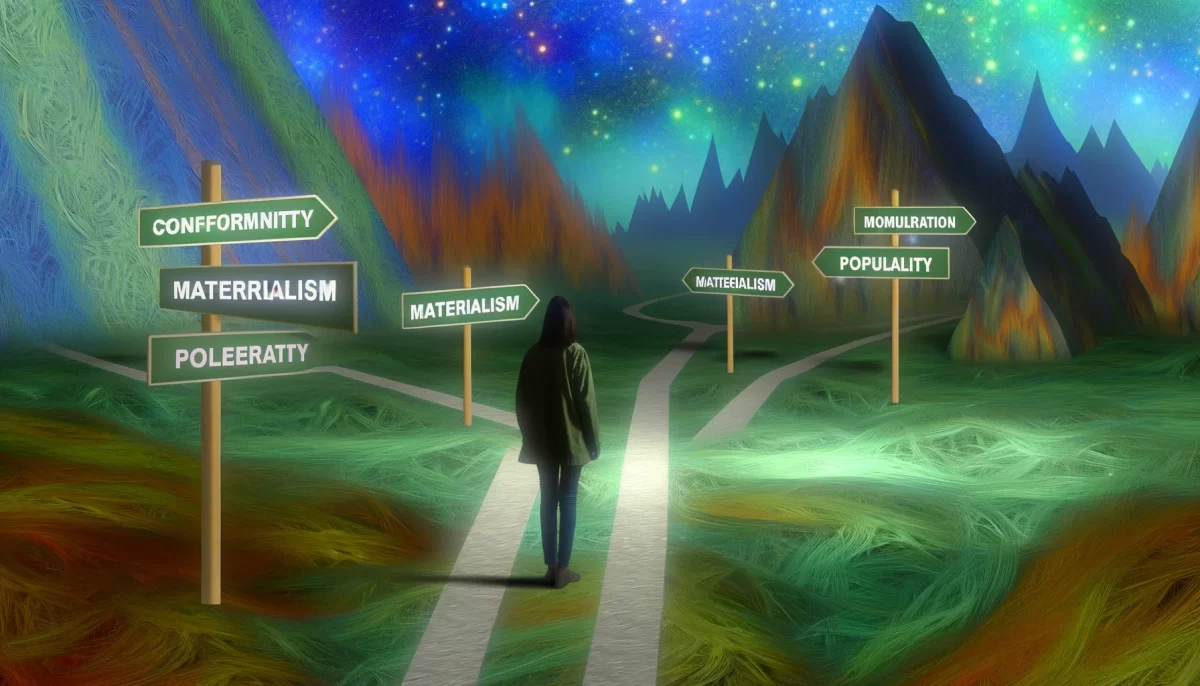
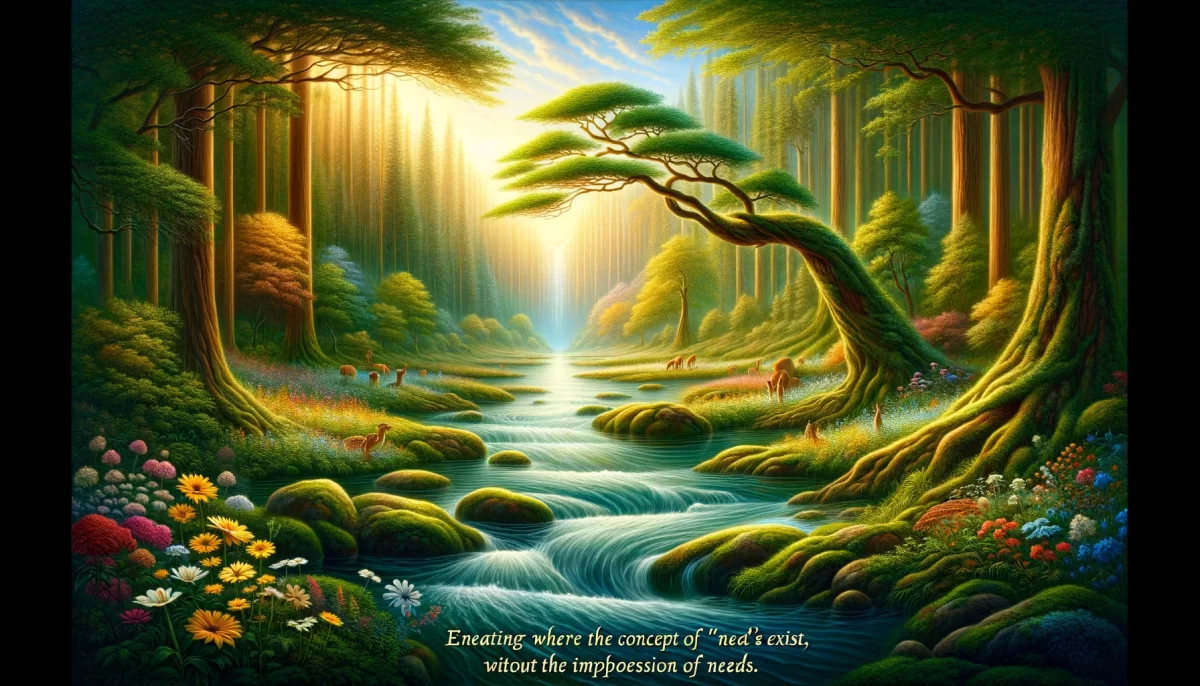
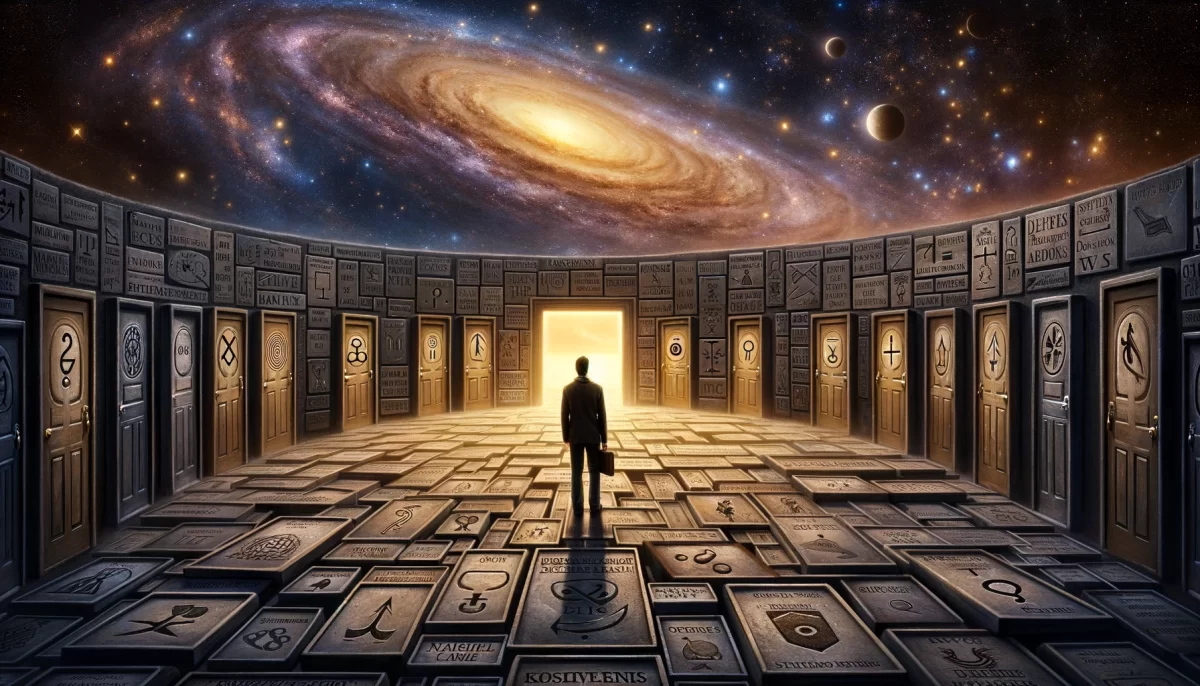
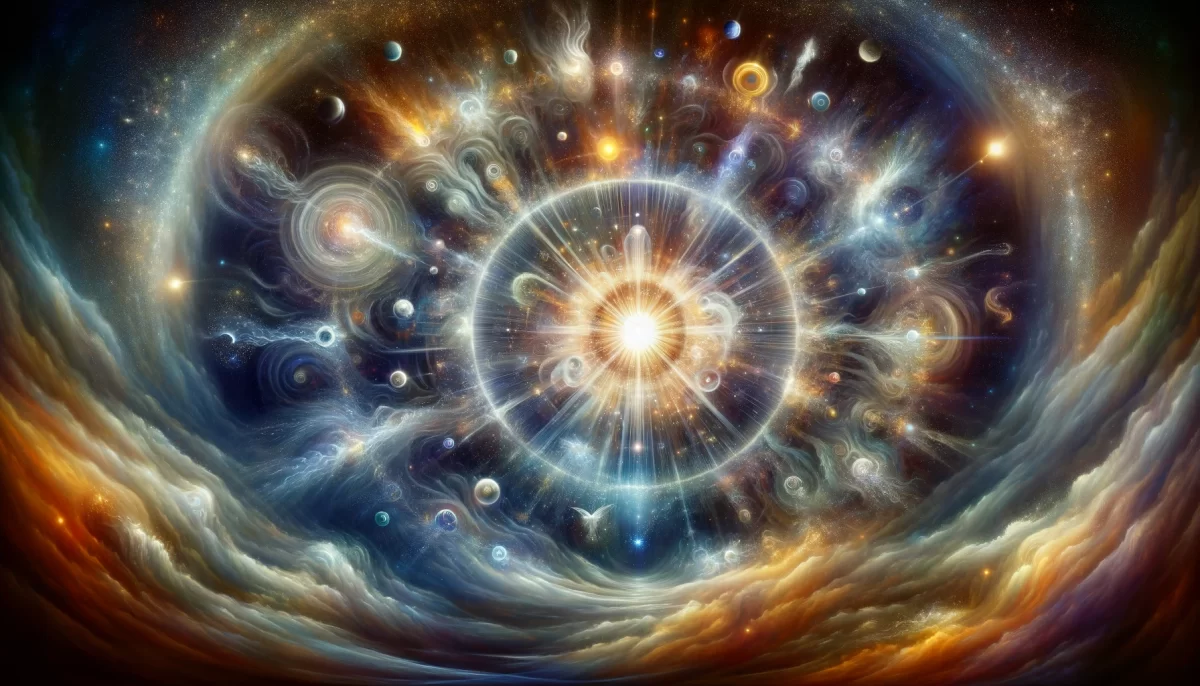





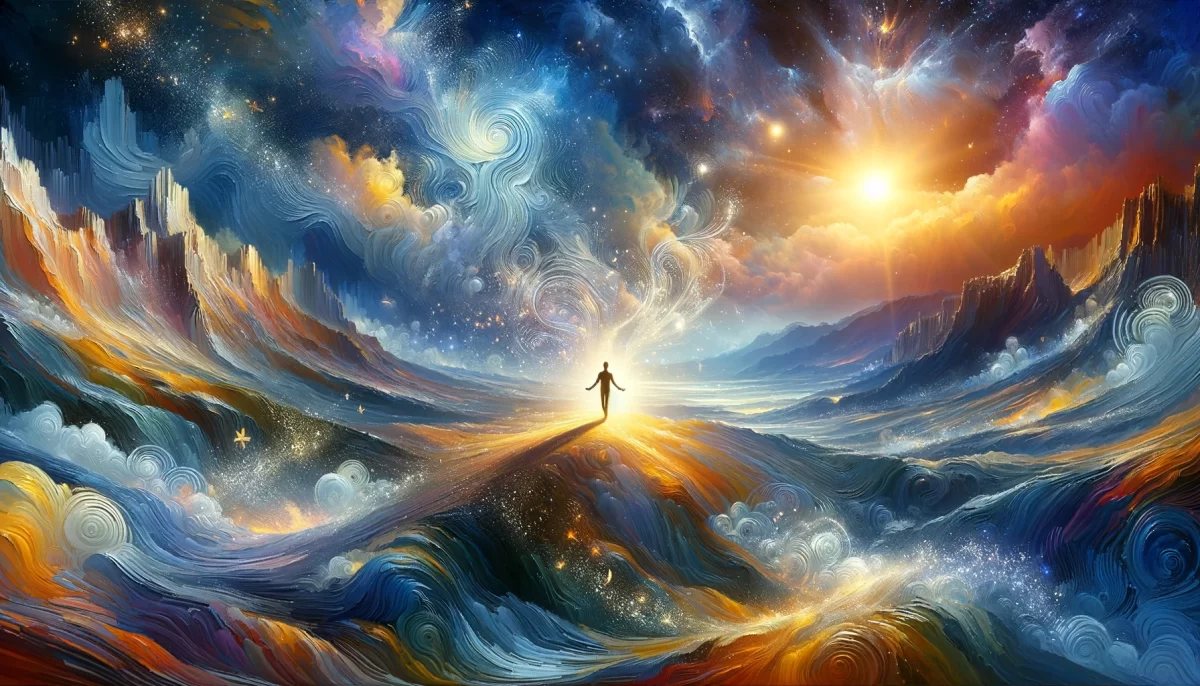
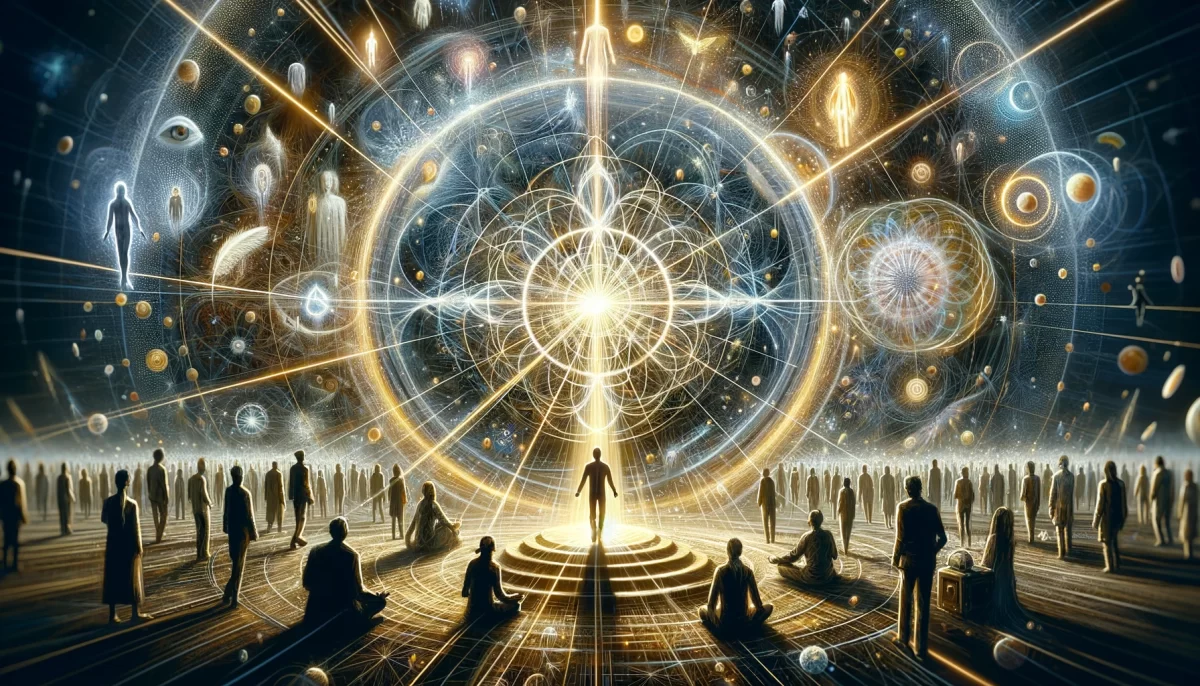



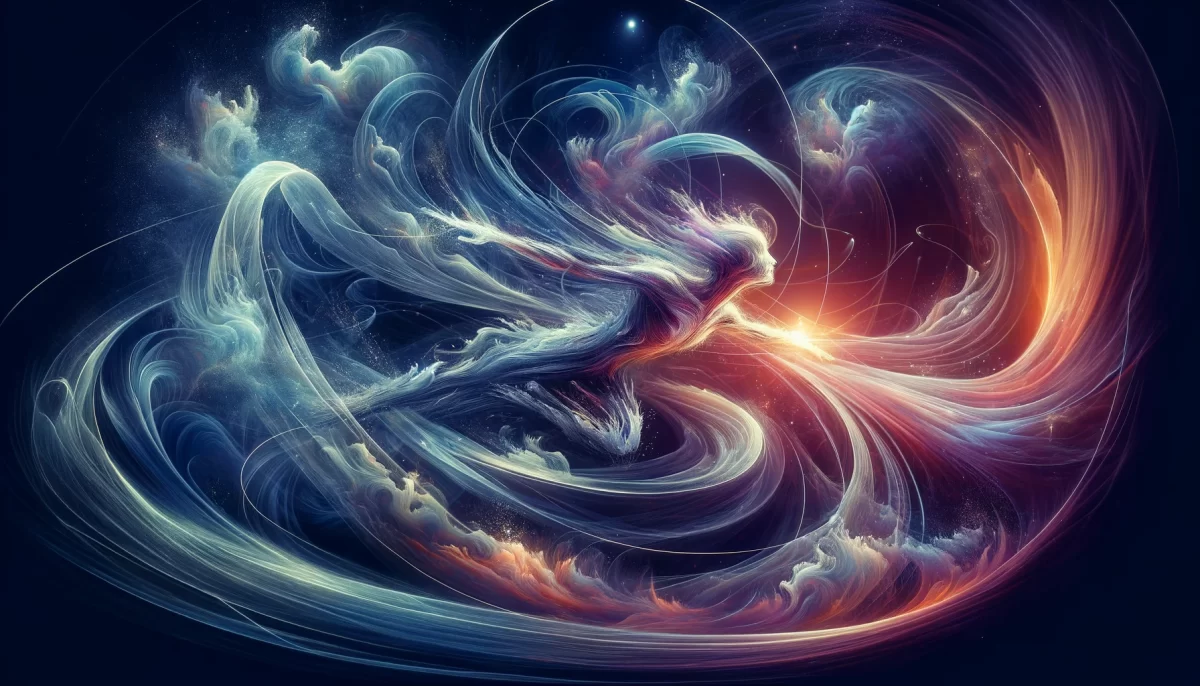
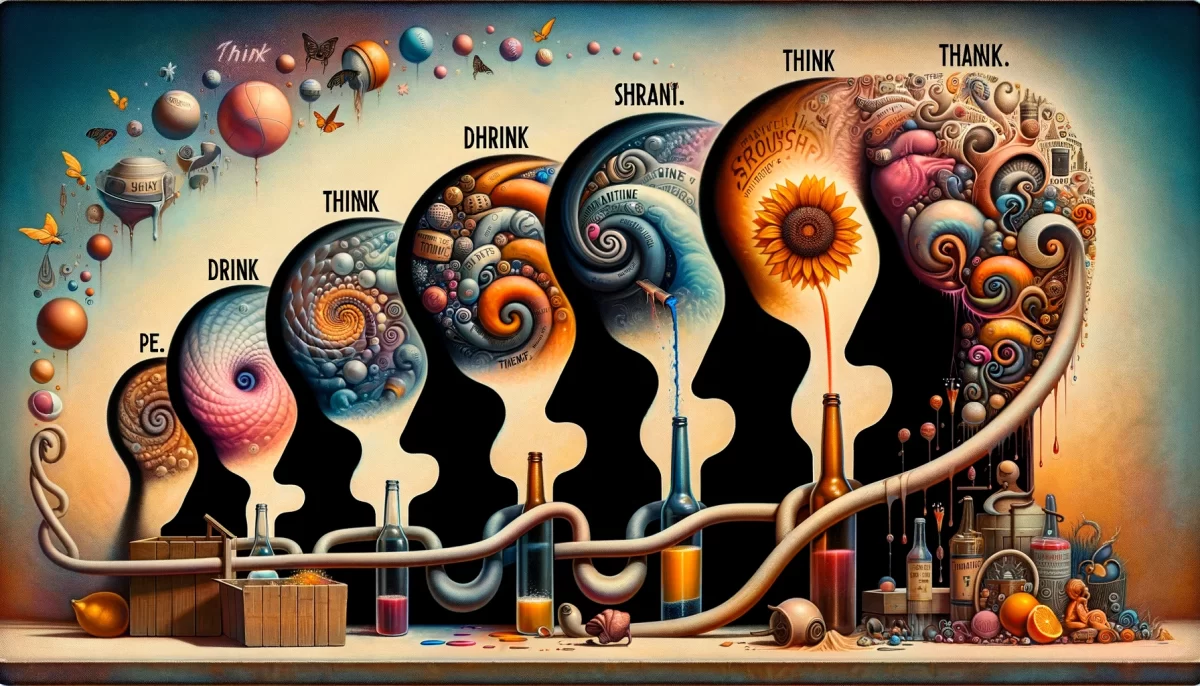
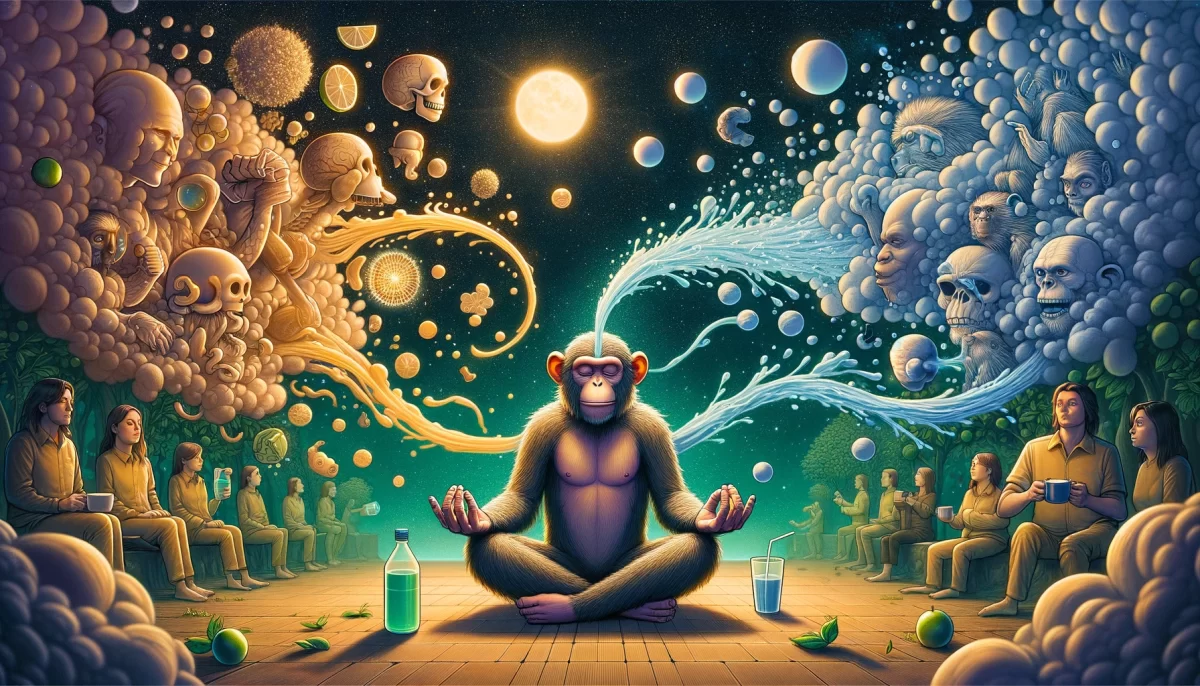

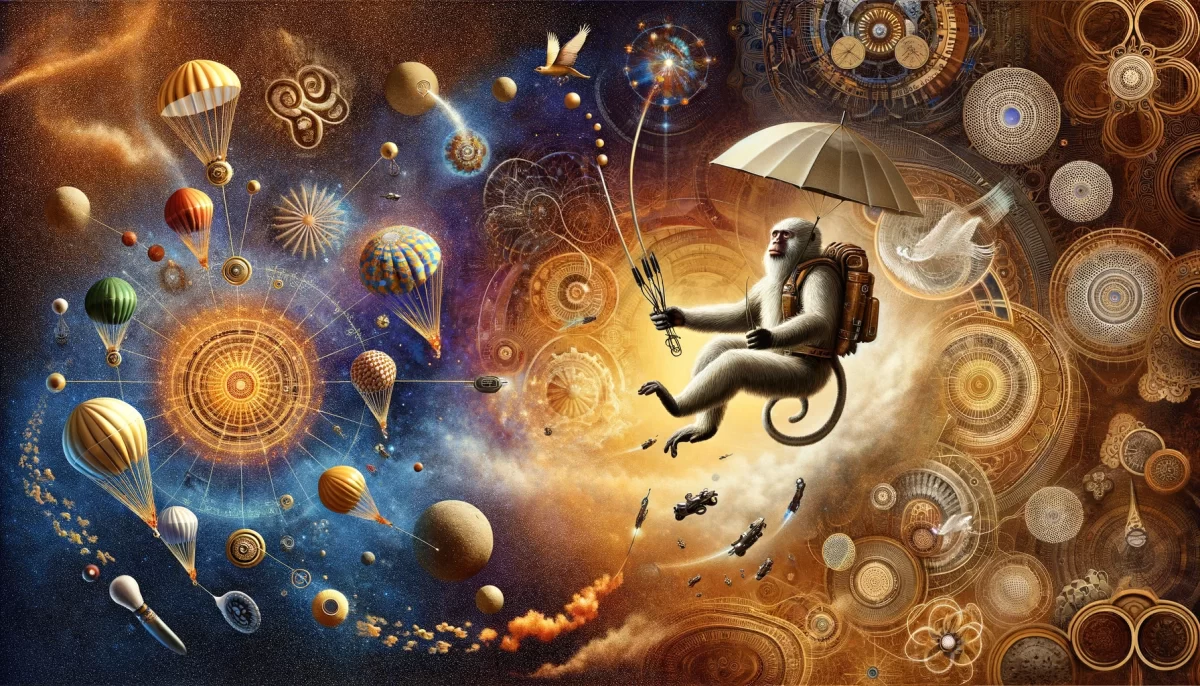

While we cannot know for sure what a bird is thinking or feeling, it is true that animals do not have the same cognitive capacity as humans and do not have the same level of awareness of their own mortality. It is also true that death is a natural part of the cycle of life, and that many cultures and traditions have their own beliefs and understanding of what happens after death.